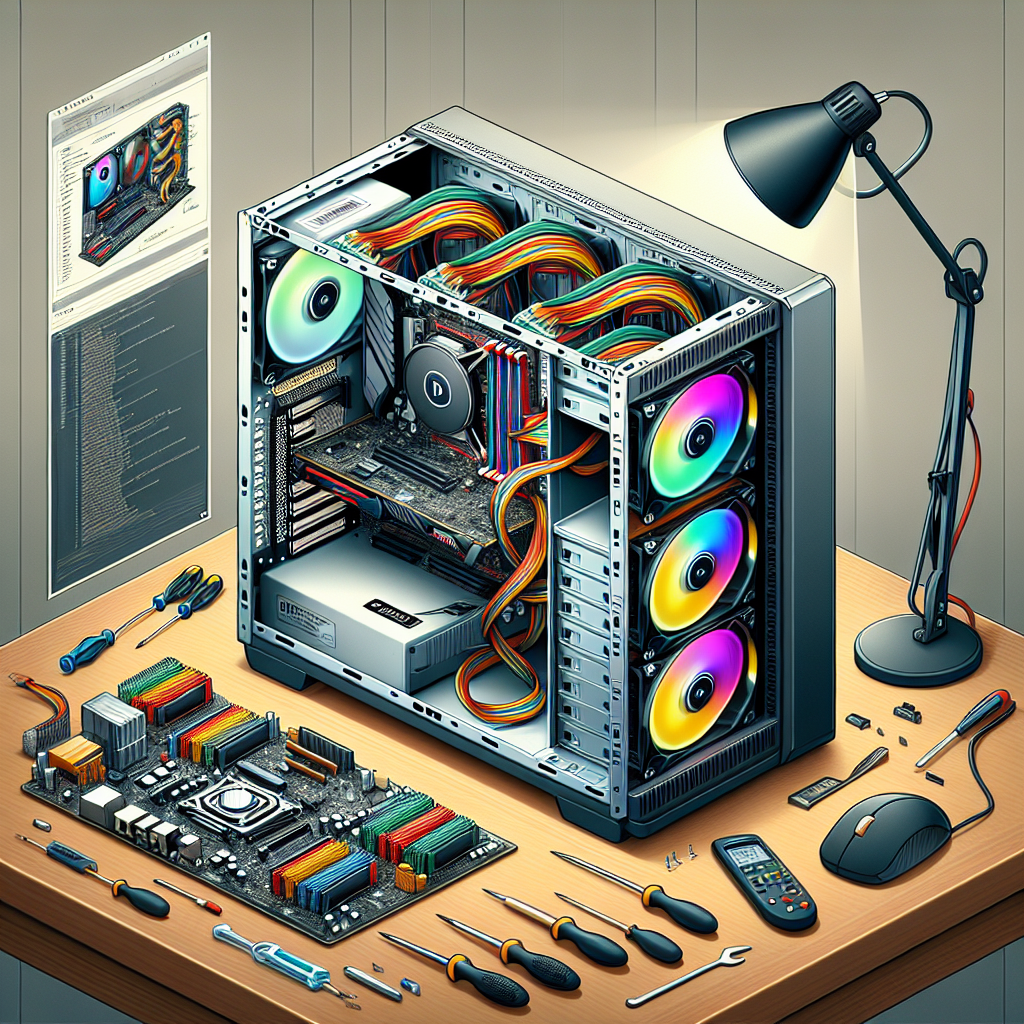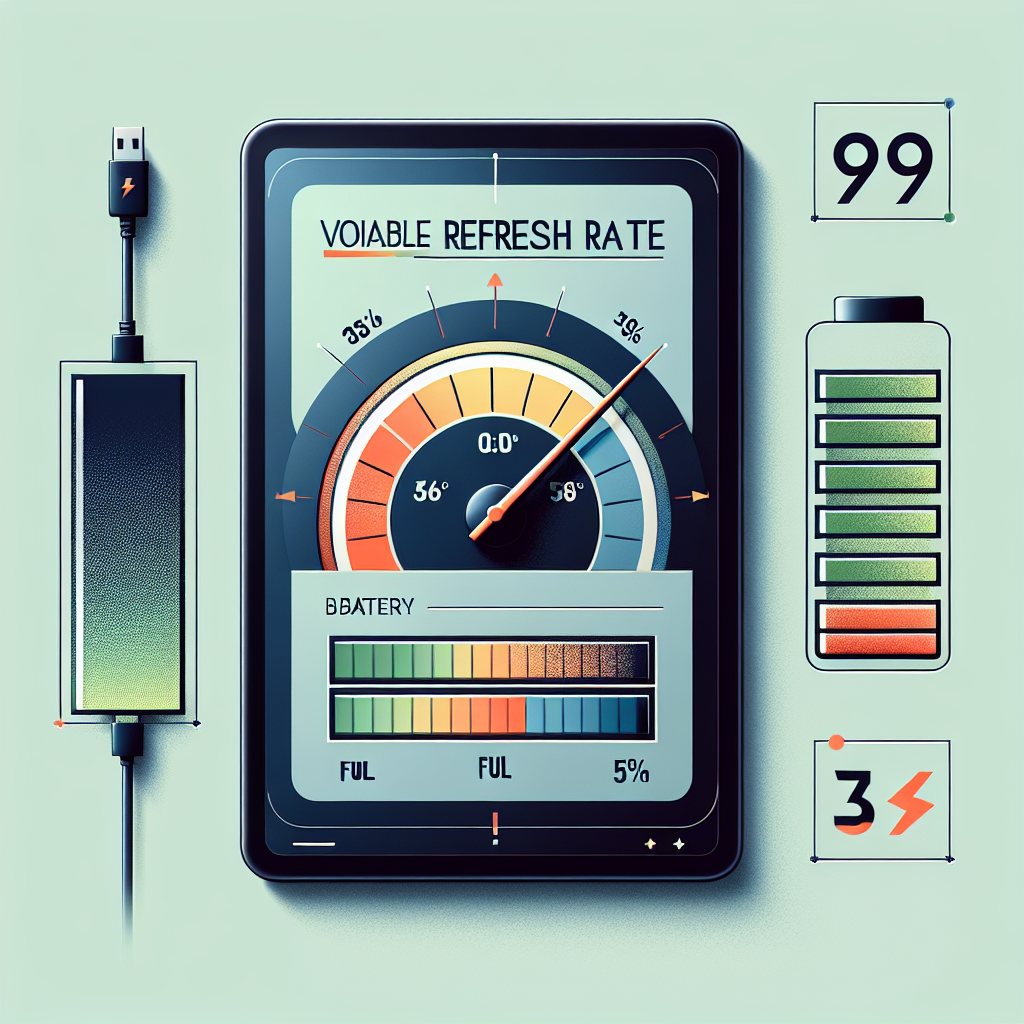Setting up and configuring a RAID (Redundant Array of Independent Disks) system on your custom-built PC can vastly improve its performance and security. Whether you are a gamer, a content creator, or just someone who needs enhanced storage solutions, RAID offers various configurations to cater to your specific needs. In this guide, we will explore how to install and configure RAID on a custom-built PC, delving into different RAID levels, their pros and cons, and step-by-step instructions to get you started.
What is RAID?
RAID stands for Redundant Array of Independent Disks. It is a storage technology that combines multiple disk drives into one unit to improve performance, data redundancy, or both. Depending on the RAID level, it can offer faster data read/write speeds, greater reliability, and fault tolerance.
RAID Levels Explained
There are several RAID levels, each with its own advantages and disadvantages. Here's a breakdown of the most commonly used RAID levels:
| RAID Level | Configuration | Advantages | Disadvantages |
|---|---|---|---|
| RAID 0 | Striping | High performance, no redundancy | No fault tolerance, data loss if one drive fails |
| RAID 1 | Mirroring | Data redundancy, fault tolerance | Reduced storage capacity, higher cost |
| RAID 5 | Striping with parity | Balance between performance and redundancy | Complex setup, slower write speeds |
| RAID 10 | Combination of RAID 0 and RAID 1 | High performance and redundancy | Very high cost, requires a minimum of 4 disks |
Choosing the Right RAID Level
Selecting the appropriate RAID level depends on your needs:
- RAID 0: Ideal for gaming and applications requiring high performance but no critical data storage.
- RAID 1: Suitable for storing important data where redundancy and fault tolerance are essential.
- RAID 5: Offers a good balance for general use, providing both performance and redundancy.
- RAID 10: Best for high-performance applications requiring both speed and data protection, such as servers.
Hardware vs. Software RAID
Before you initiate the RAID setup, decide between hardware and software RAID. Here are the key differences:
Hardware RAID
Uses a dedicated RAID controller card, offering better performance and reliability but comes at a higher cost.
- Pros: Superior performance, less CPU load, higher reliability.
- Cons: Additional cost, complex installation.
Software RAID
Uses the system's CPU to manage RAID configurations through the operating system or motherboard firmware.
- Pros: Lower cost, easier to implement.
- Cons: Higher CPU load, slightly less reliable.
Step-by-Step Guide: Installing and Configuring RAID
1. Prepare Your Components
- Multiple hard drives or SSDs (minimum two).
- RAID controller card (for hardware RAID).
- SATA cables and power connectors.
- Proper cooling system (RAID setups can generate more heat).
2. Connect the Drives
Install the hard drives or SSDs in your PC case and connect them to the motherboard or RAID controller card using SATA cables. Ensure power cables are securely connected to each drive.
3. Access RAID Configuration Menu
Power on your PC and enter the BIOS/UEFI setup by pressing the designated key (usually Del, F2, or Esc) during startup. Locate the RAID configuration menu; it might be under storage settings or peripherals.
4. Create RAID Array
Within the RAID configuration menu, select the option to create a new RAID array. Choose the RAID level you want to implement (e.g., RAID 0, RAID 1) and select the drives to include in the array. Save and exit the configuration menu.
5. Install Operating System
If you are installing a new operating system, make sure to load the RAID drivers when prompted during the OS installation process. The system should recognize your RAID array as a single drive.
6. Verify RAID Setup
Once the operating system is installed, verify the RAID setup using disk management tools. Look for your RAID array in the system's storage settings to ensure it is functioning correctly.
Best Practices for Maintaining Your RAID Setup
- Backup Important Data: Despite the redundancy offered by some RAID levels, regular backups are crucial.
- Monitor Drive Health: Use tools like SMART monitoring to keep an eye on the health of your drives.
- Keep Firmware Updated: Ensure your RAID controller and drives have the latest firmware updates for optimal performance.
- Invest in Quality Drives: Use drives from reputable manufacturers to minimize the risk of failure.
Conclusion
Installing and configuring RAID on your custom-built PC can provide a significant boost in performance, data redundancy, or both, depending on the RAID level you choose. This comprehensive guide has covered the essential steps and considerations to help you get started. Whether you opt for hardware or software RAID, following best practices will ensure your RAID setup operates smoothly and efficiently.




